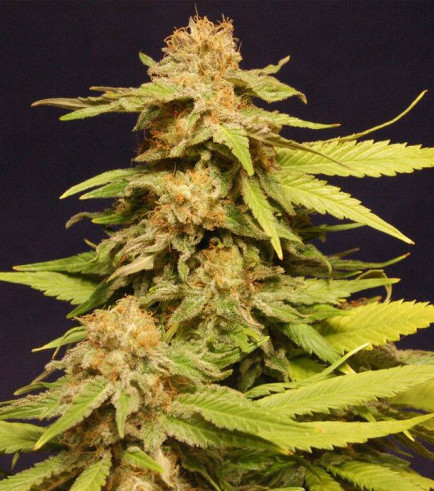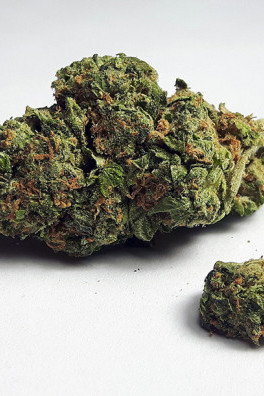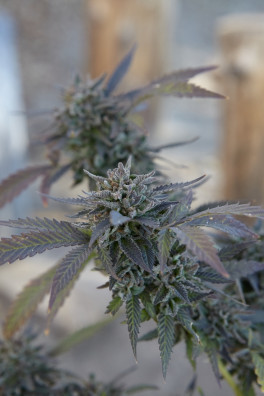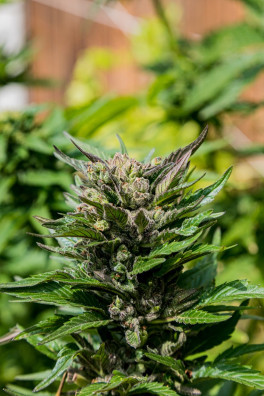Grape Ape
Grape Ape: A Relaxing Indica Strain
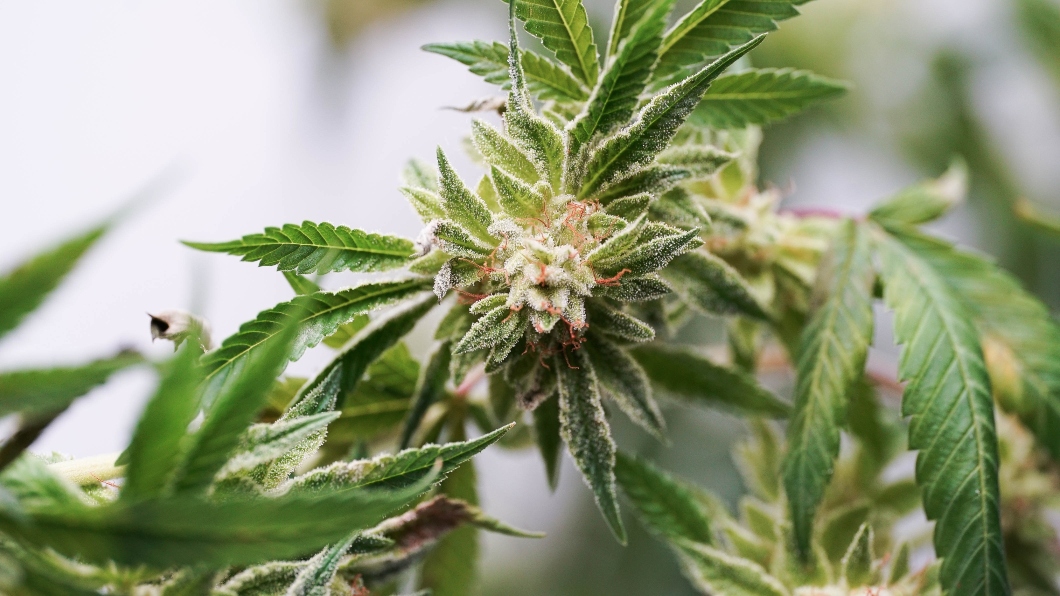
Grape Ape is a strain that has gained popularity within the cannabis community for its distinct grape-like smell, potent effects, and relaxing properties. It is an indica-dominant strain that is a cross between Mendocino Purps, Skunk, and Afghani and has been expertly developed by Apothecary Genetics and Barney's Farm.
Whether you are a seasoned cannabis connoisseur or new to the world of cannabis, Grape Ape is a strain that offers something unique and interesting to explore. So sit back, relax, and learn more about Grape Ape—a solid choice for recreational and medical cannabis users.
Genetics and History of Grape Ape
Grape Ape was first propagated by Apothecary Genetics and later by Barney's Farm, both renowned cannabis breeders. It is a cross between three potent strains: Mendocino Purps, Skunk, and Afghani. Each of these parent strains brings its unique qualities to the hybrid, resulting in a well-rounded and versatile plant.
Grape Ape has won several awards, including the Green Cup, which it won two years in a row in 2005 and 2006, and the award for Best Concentrate in the 2011 High Times Medical Colorado Cup. The indica-dominant strain is a cross between three other popular strains, Mendocino Purps, Skunk, and Afghani, contributing to its unique genetic profile.
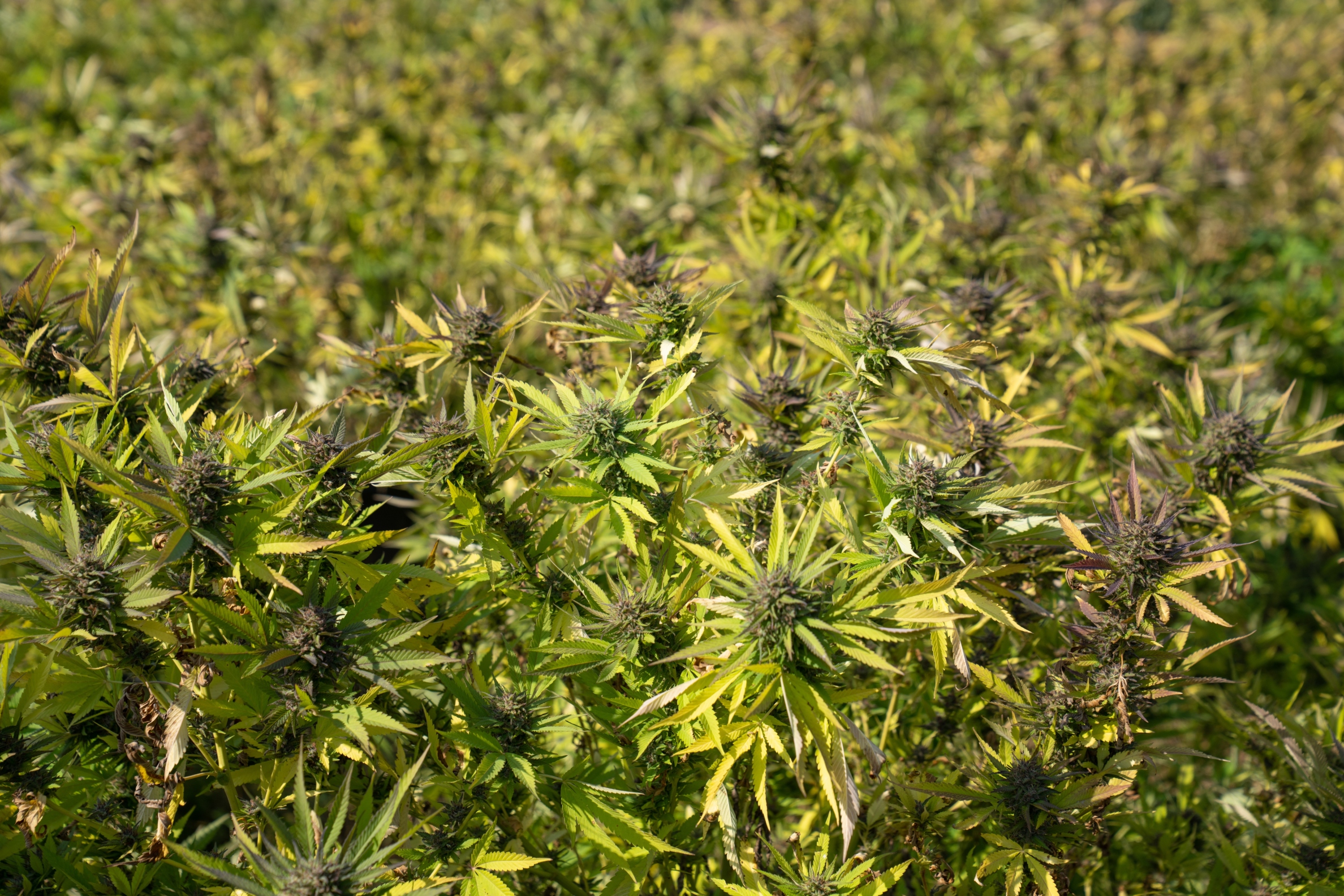
Mendocino Purps
Mendocino Purps is a strain that has gained recognition within the cannabis community for its sweet and earthy aroma and relaxing effects. It is a pure indica strain that originated in Mendocino County, California. It has won several awards, including the High Times Cannabis Cup for Best Indica in 2007.
As a parent strain to many hybrids, it has helped develop many popular strains, including Grape Ape. The distinct grape-like smell and relaxing properties of Grape Ape can be attributed to the Mendocino Purps genetics.
Skunk
Skunk is a legendary hybrid strain known for its pungent aroma and high resin production. It was first bred in the 1970s and quickly became popular due to its potent effects and strong genetics. Skunk has been used to create many famous strains, including Cheese and Sour Diesel.
The strain crosses Acapulco Gold, Colombian Gold, and Afghani. Its high THC content and strong genetics make it a popular choice for hybrid strains and a favorite among cannabis enthusiasts.
Afghani
Afghani is a classic pure indica strain believed to have originated in the Hindu Kush mountains of Afghanistan. This strain is known for its sweet and earthy aroma, as well as its relaxing and soothing effects. As a parent strain to many popular hybrids, including Northern Lights and Blueberry, Afghani has helped develop some of the most beloved strains in the cannabis community.
Afghani is a hardy and resilient plant well-suited for cultivation in harsh environments. Its natural resistance to pests and diseases makes it a popular choice for breeders looking to create new hybrid strains. The plant grows short and bushy with dense, resinous buds covered in trichomes.
Smell and Flavor of Grape Ape
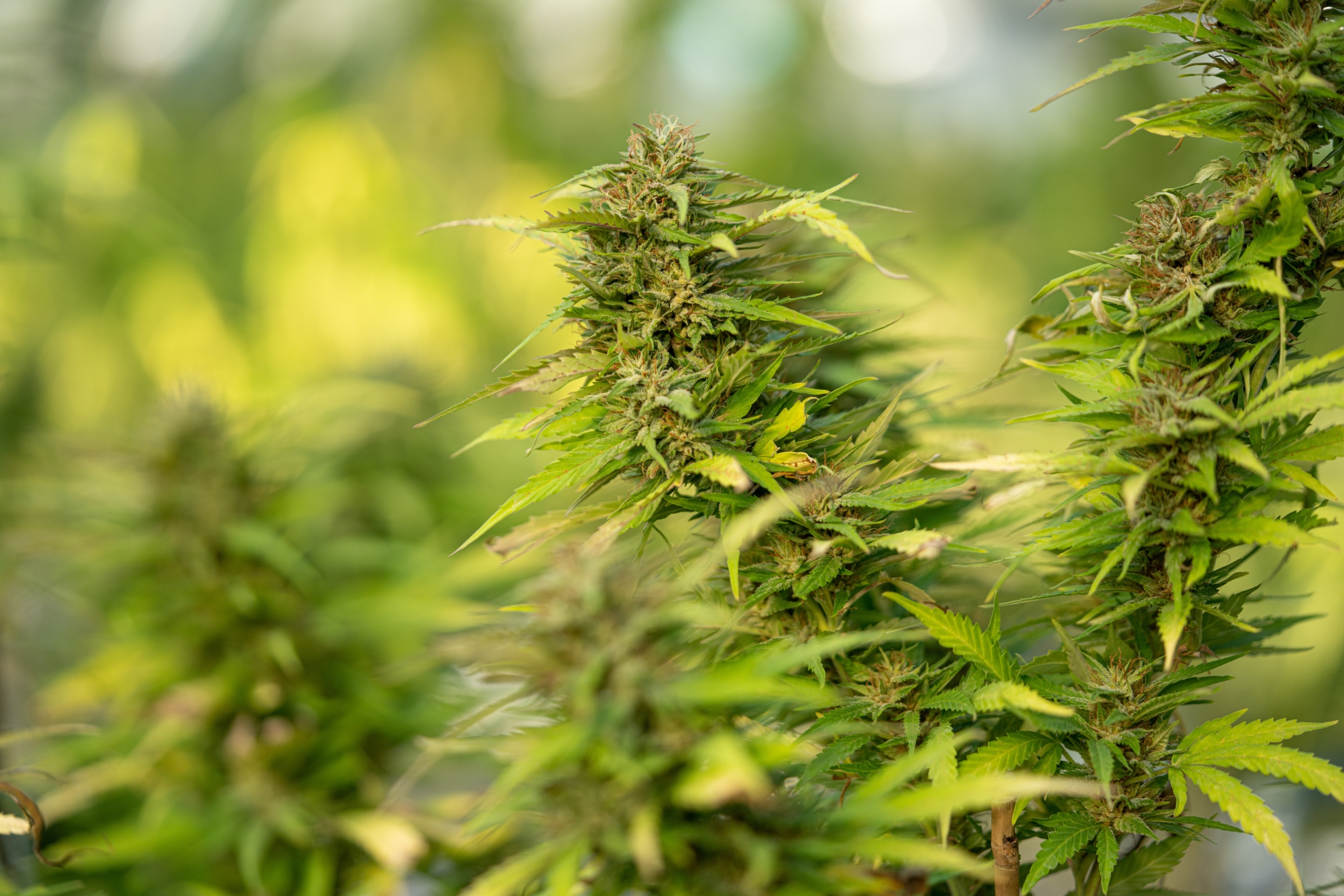
Grape Ape is known for its distinct grape-like smell and flavor, which has helped it gain popularity among the cannabis community. The strain's terpene profile includes myrcene, caryophyllene, and pinene, which work together to create a unique aroma and taste.
Grape Ape Terpene Profile
- Myrcene is the most abundant terpene in Grape Ape, giving it its fruity and earthy flavor. This terpene is also found in other strains and is known for its relaxing effects.
- Caryophyllene is another terpene found in Grape Ape, which gives the strain its spicy and peppery taste. This terpene is also found in black pepper and cloves.
- The third terpene in Grape Ape is pinene, which contributes to its fresh and piney aroma. Pinene is commonly found in pine needles and is known for its refreshing and energizing properties.
Potency and Effects of Grape Ape
Grape Ape is a potent strain, with THC levels ranging from 15% to 25%. It is recommended for experienced users due to its strong effects. The strain is known for providing carefree relaxation that can help soothe mood-related disorders.
Top-reported effects of Grape Ape:
- Carefree relaxation
- Happiness
- Euphoria
- Calmness
Recreational Uses
Grape Ape is a strain that has become increasingly popular among recreational users due to its unique flavor and potent effects. Users report feeling happy, euphoric, and calm after consuming Grape Ape, making it an excellent choice for those who want to unwind after a long day. Its relaxing effects can provide a carefree and enjoyable experience.
Medical Uses
Grape Ape has become increasingly popular among medical cannabis users seeking relief from health and mood-related disorders. The strain's relaxing effects can help soothe the mind and body, making it an excellent choice for individuals who suffer from these conditions.
Grape Ape can also benefit those who have insomnia or other sleep disorders. Its calming properties can help induce peaceful and restful sleep, allowing users to wake up feeling refreshed and rejuvenated.
Side Effects
Common side effects of Grape Ape include cotton mouth, red eyes, and dizziness. It is recommended that users consume Grape Ape in moderation to avoid any adverse effects.
Growing Grape Ape
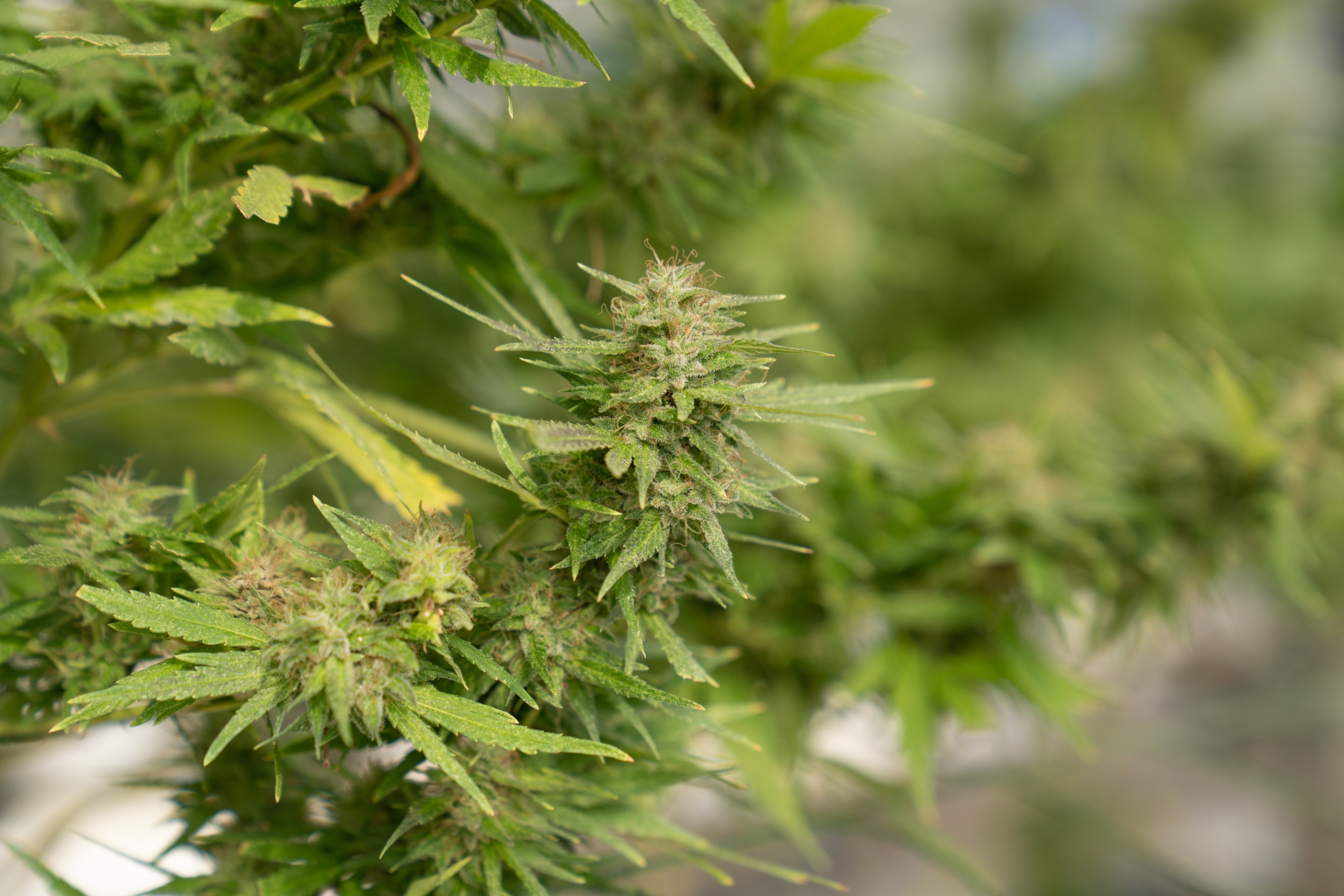
Grape Ape is a relatively easy strain to grow, flowering in 7–8 weeks (indoors) and ready to harvest in late September/ early October (outdoors). The strain prefers a warm and dry climate and can yield up to 500g/m² when grown indoors. When grown outdoors, Grape Ape can yield up to 700g/plant.
The appearance of Grape Ape is one of its most distinctive features. The dense, compact buds are covered in a thick layer of trichomes, which give them a frosted appearance. The buds are typically a deep green color, but they are often tinged with shades of purple and blue, which become more pronounced as the plant matures.
The leaves are wide and fan-like, and they are often dark green in color. However, as the plant reaches full maturity, the leaves will darken and turn purple, giving Grape Ape its characteristic coloration.
Indoor Growing Tips
• The strain responds well to the Sea of Green (SOG) growing method, which involves growing multiple small plants in a small space, to maximize yield. Regular pruning is necessary to ensure proper airflow, which can help prevent mold and mildew growth.
• To prevent mold and mildew growth, keeping the humidity levels low is also important. The ideal humidity level for Grape Ape is between 40% and 50%. If the humidity levels rise too high, mold and mildew can grow on the buds, ruining the crop.
• Grape Ape requires nutrient-rich, well-draining soil. It is crucial to monitor the pH levels of the earth to ensure that they remain between 6.0 and 7.0. Maintaining proper pH levels is crucial for the healthy growth of cannabis plants. Fluctuating pH levels make it difficult for plants to absorb essential nutrients, which can lead to stunted growth and deficiencies.
• When growing Grape Ape indoors, providing the plants with a consistent light cycle is essential. To achieve optimal growth and flowering, Grape Ape requires a specific light cycle. During the vegetative stage, the ideal light cycle is 18/6, followed by 12/12 during the flowering stage. It is important to use high-quality grow lights that give the plants the necessary light spectrum.
Outdoor Growing Tips
• To ensure healthy growth, providing the plants with nutrient-rich, well-draining soil is important. The pH levels of the soil should be monitored to ensure they remain between 6.0 and 7.0.
• Because Grape Ape is susceptible to mold and mildew growth in humid environments, it is important to monitor the plants closely. Proper ventilation and airflow are necessary to prevent the growth of mold and mildew on the buds, which can ruin the crop.
• During the vegetative stage, Grape Ape should receive at least six hours of direct sunlight per day. During the flowering stage, the plants should receive at least twelve hours of direct sunlight per day. If the plants are grown in an area with limited sunlight, supplemental lighting may be necessary to ensure healthy growth and high yields.
• Grape Ape responds well to various growing methods, including the Sea of Green (SOG) method. This method involves growing multiple small plants in a small space to maximize yield. Regular pruning ensures proper airflow and prevents mold and mildew growth.
• When grown outdoors, Grape Ape can produce dense, resinous buds with high THC levels, making it an excellent choice for both recreational and medical cannabis users. With proper care and attention, Grape Ape can be a rewarding and enjoyable strain to grow outdoors.
Should You Try Grape Ape?
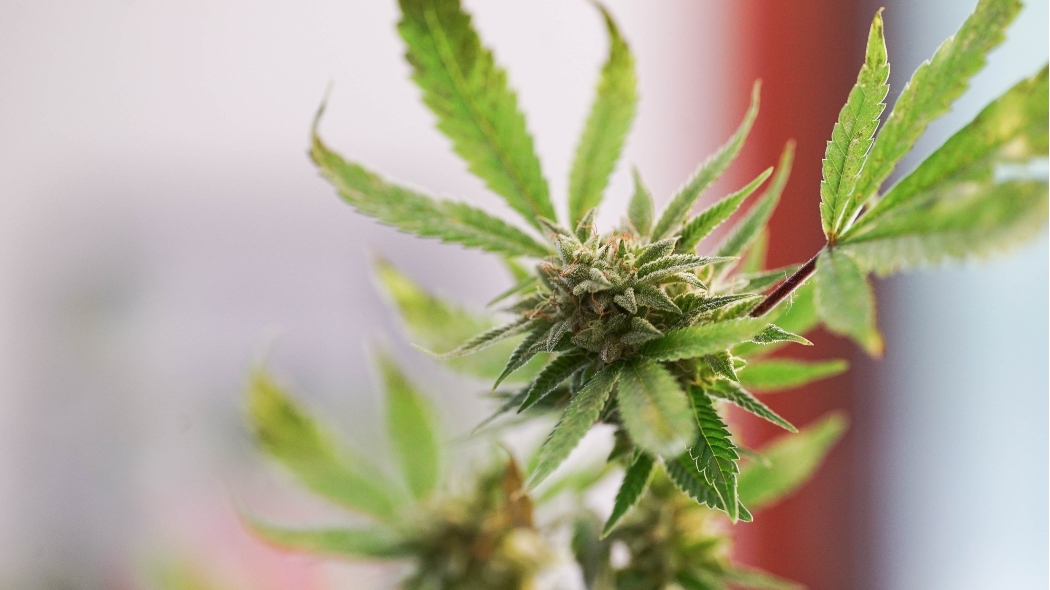
Grape Ape is an excellent choice for growers looking for a strain that is easy to grow and produces high yields. It is also a popular choice for recreational and medical cannabis users who are looking for a relaxing and soothing strain.
For Growers
Growers looking for a strain that is easy to grow and produces high yields should try Grape Ape. The strain is resilient and adapts well to different growing conditions, making it an excellent choice for novice growers just starting out. When grown indoors, Grape Ape can yield up to 500g/m², while outdoor growers can expect a yield of up to 700g/plant.
For Recreational Users
Recreational users looking for a relaxing and carefree experience should try Grape Ape. The strain's potent effects can help soothe health and mood-related disorders, making it an excellent choice for those who want to unwind after a long day. The strain's grape-like flavor and aroma make it a favorite among cannabis users looking for a unique and enjoyable experience.
For Medical Users
Medical users looking for a natural way to alleviate pain, stress, and anxiety should try Grape Ape. The strain's relaxing properties can help soothe the mind and body, making it an excellent choice for individuals who suffer from chronic conditions.
Those with insomnia or other sleep disorders can also benefit from Grape Ape. In addition to helping users sleep peacefully and restfully, it can also help them wake up feeling refreshed and rejuvenated.
Grape Ape: Relaxing Indica with Grape-Like Flavor and Potent Effects
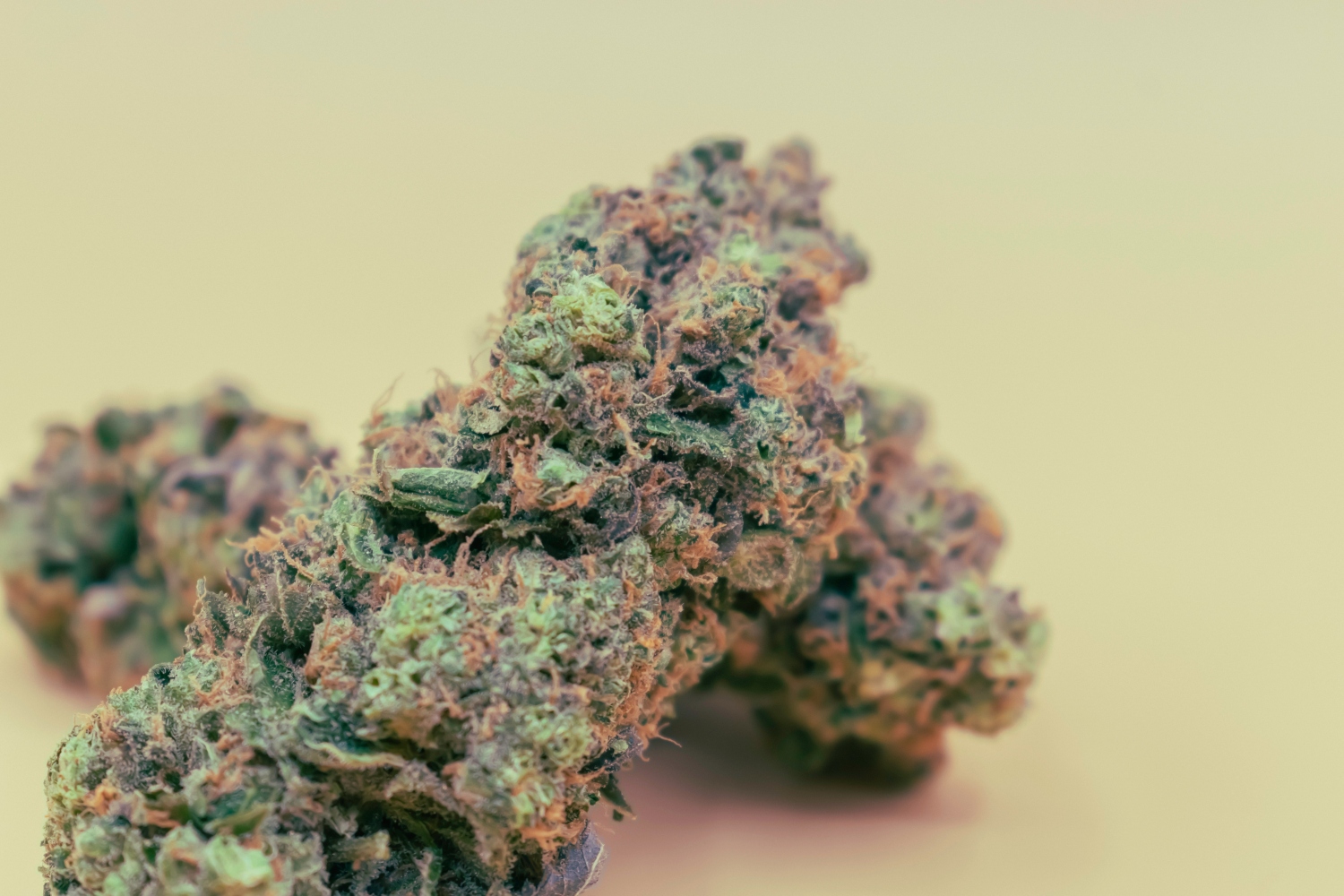
Overall, Grape Ape is a versatile and potent strain that will impress novice and experienced cannabis users. Its unique grape-like flavor and aroma, combined with its relaxing properties, make it an excellent choice for both recreational and medical cannabis users.
Whether you are looking for help with mood-related disorders, or just a carefree and enjoyable experience, Grape Ape is a strain that is definitely worth trying.
Grape Ape FAQ
Q: Is Grape Ape indica or sativa?
A: Grape Ape is a mostly indica strain. It is a hybrid of three different strains: Mendocino Purps (indica), Skunk (hybrid), and Afghani (indica). While Grape Ape does have some sativa influence from the Skunk parent, its indica genetics are more dominant, resulting in its relaxing and sedative effects.
Q: Is Grape Ape a strong strain?
A: Yes, Grape Ape is considered a strong strain due to its high THC content, which can range from 15% to 25%. The high THC content in Grape Ape contributes to its potent effects, which include deep relaxation, sedation, and euphoria.
Q: What kind of high is Grape Ape?
A: Grape Ape is known for providing a relaxing and sedative high that can induce a deep state of physical and mental relaxation. Its effects are primarily indica, meaning they tend to focus more on the body than the mind.
Q: Is Grape Ape good for sleep?
A: Yes, Grape Ape can be an effective strain for improving sleep quality and duration. Its relaxing and sedative effects can help alleviate mood-related disorders, often leading causes of insomnia. Additionally, Grape Ape's high THC content can induce deep physical relaxation, making it easier to fall asleep and stay asleep.
Grow your own Grape Ape
- Grow difficulty
- Easy
- Flowering type
- Photoperiod
- Flowering time
- 7-8 weeks
- Harvest time (outdoor)
- Early October
- End of September
- Yield (indoor)
- 500g/m²
- Yield (outdoor)
- 700g/plant
- Height (indoor)
- Medium
- Height (outdoor)
- Medium






